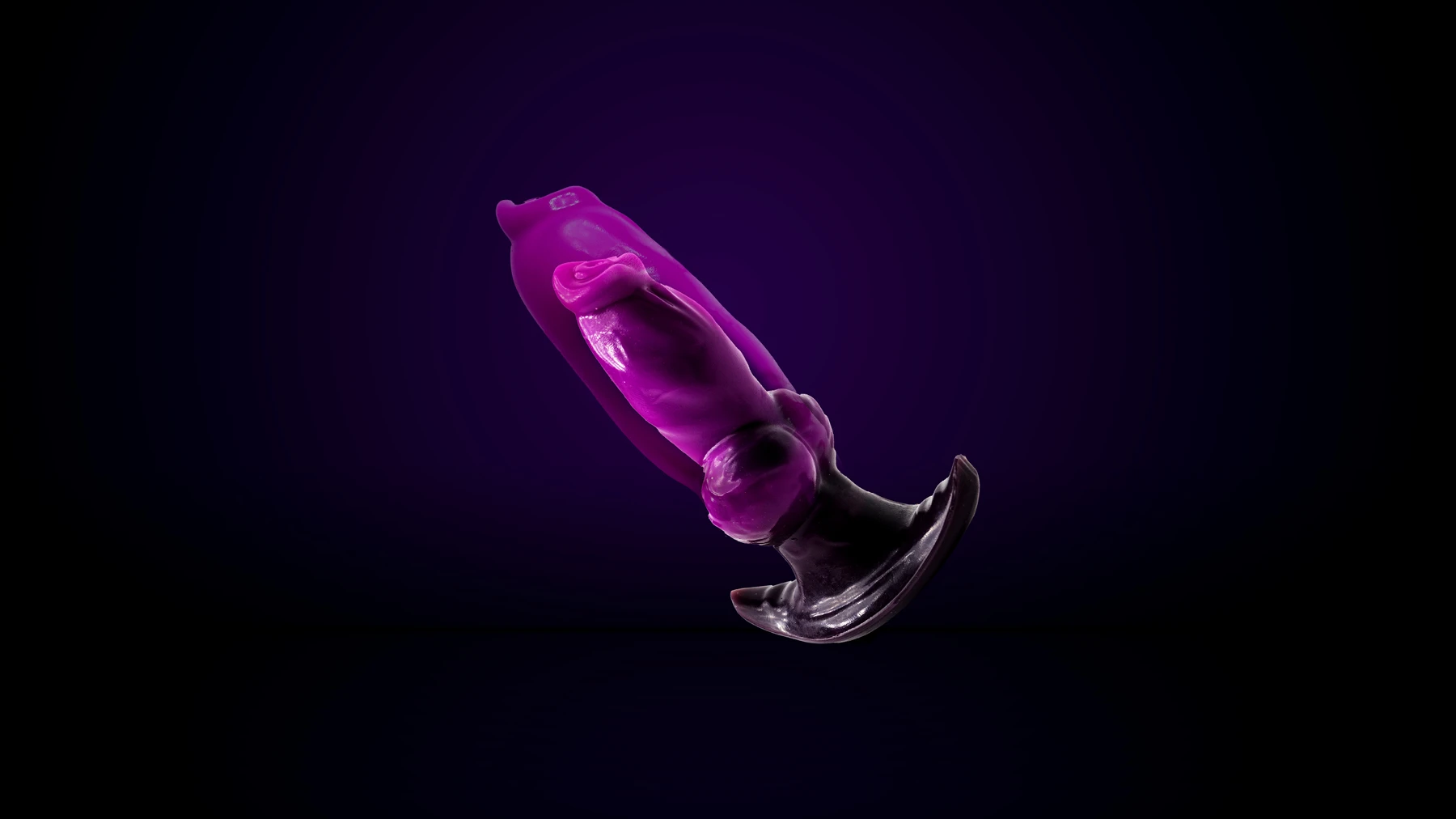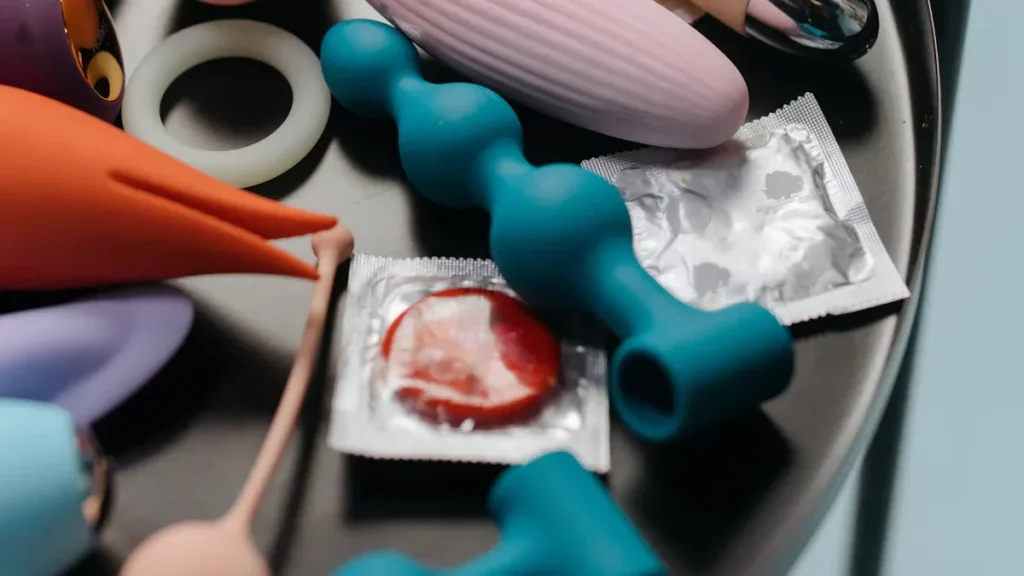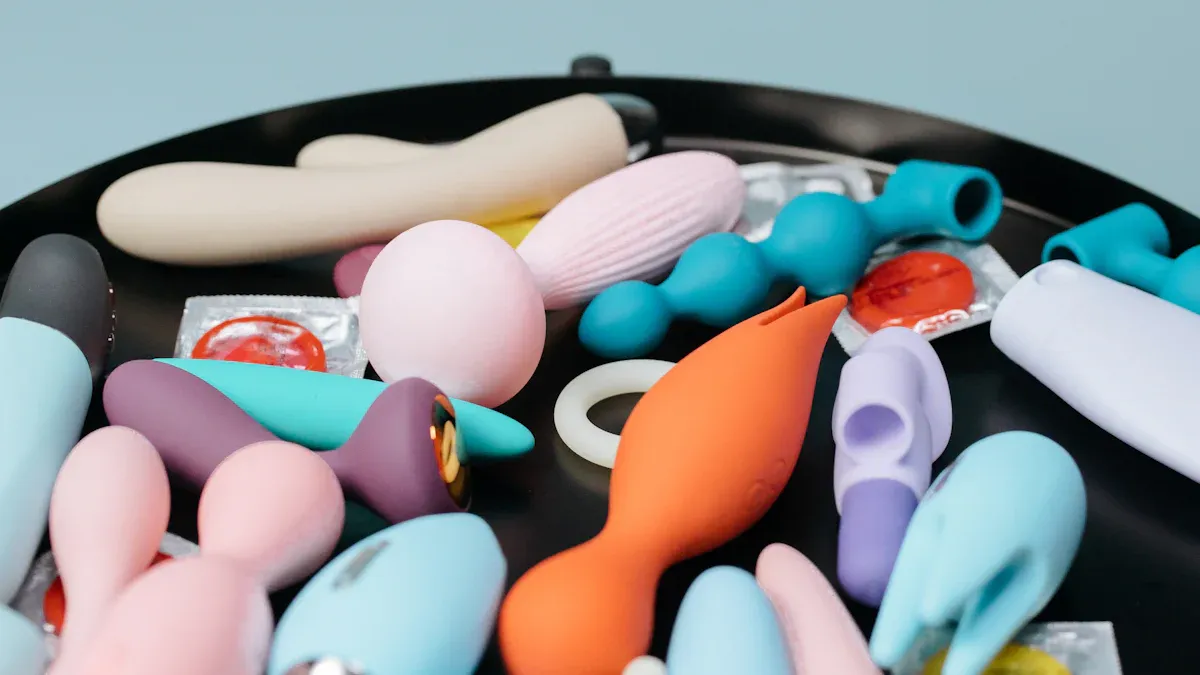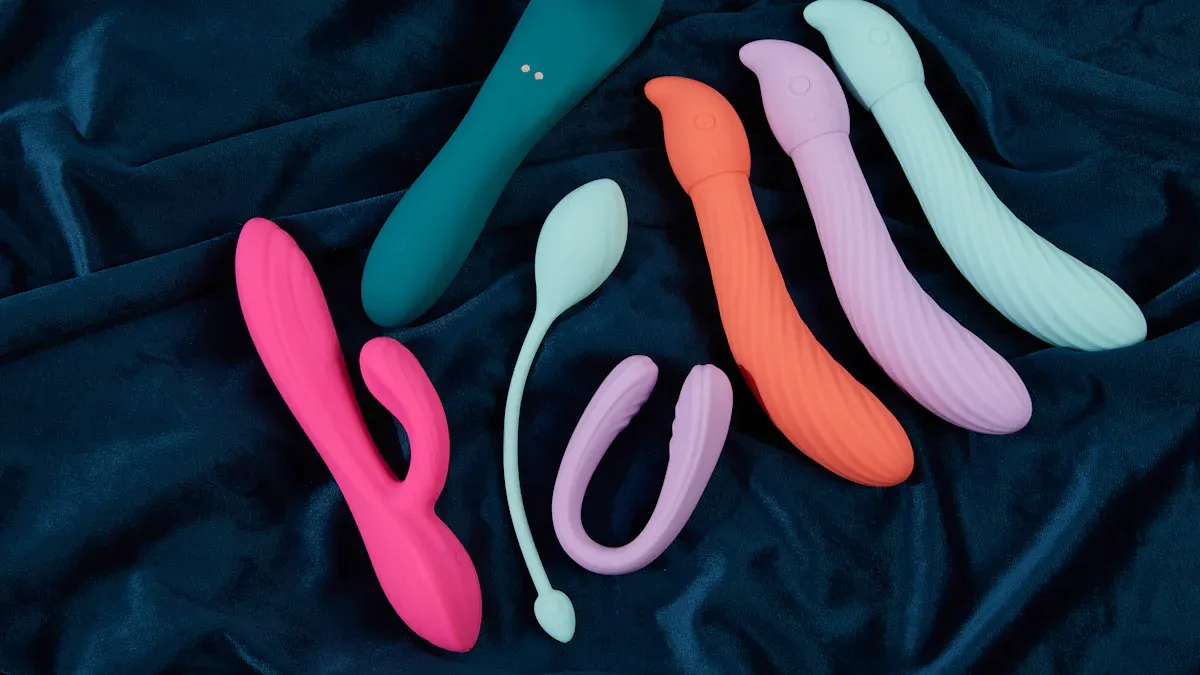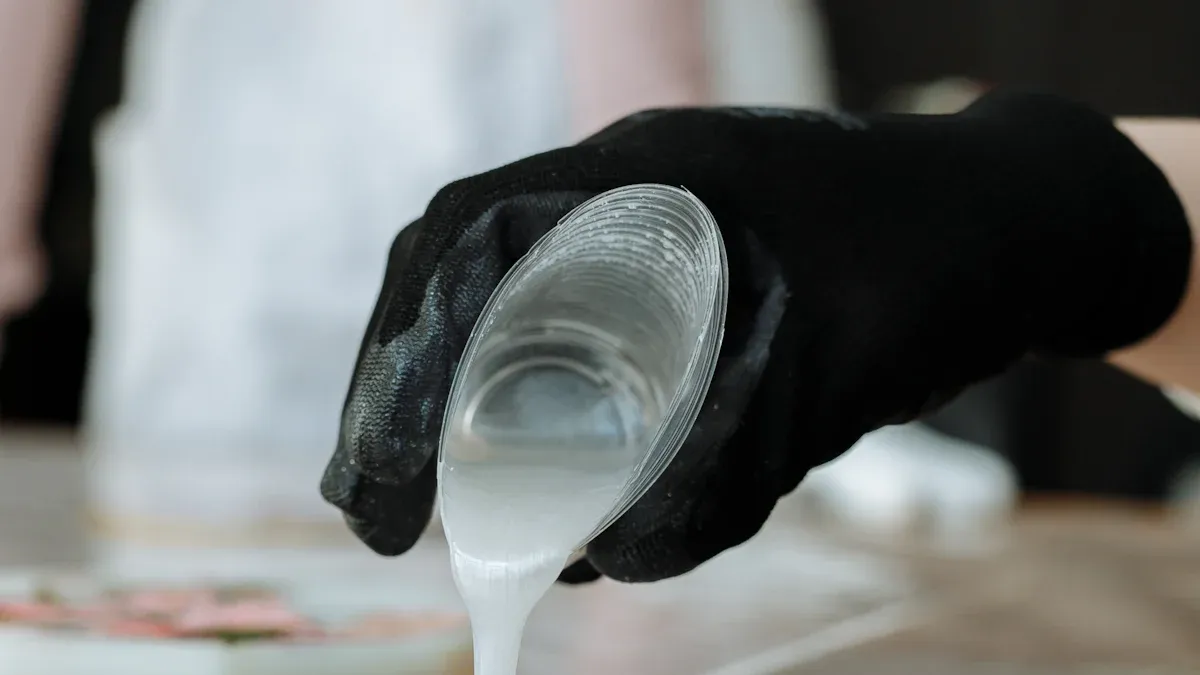How Safe Are PVC Dildos Compared to Silicone
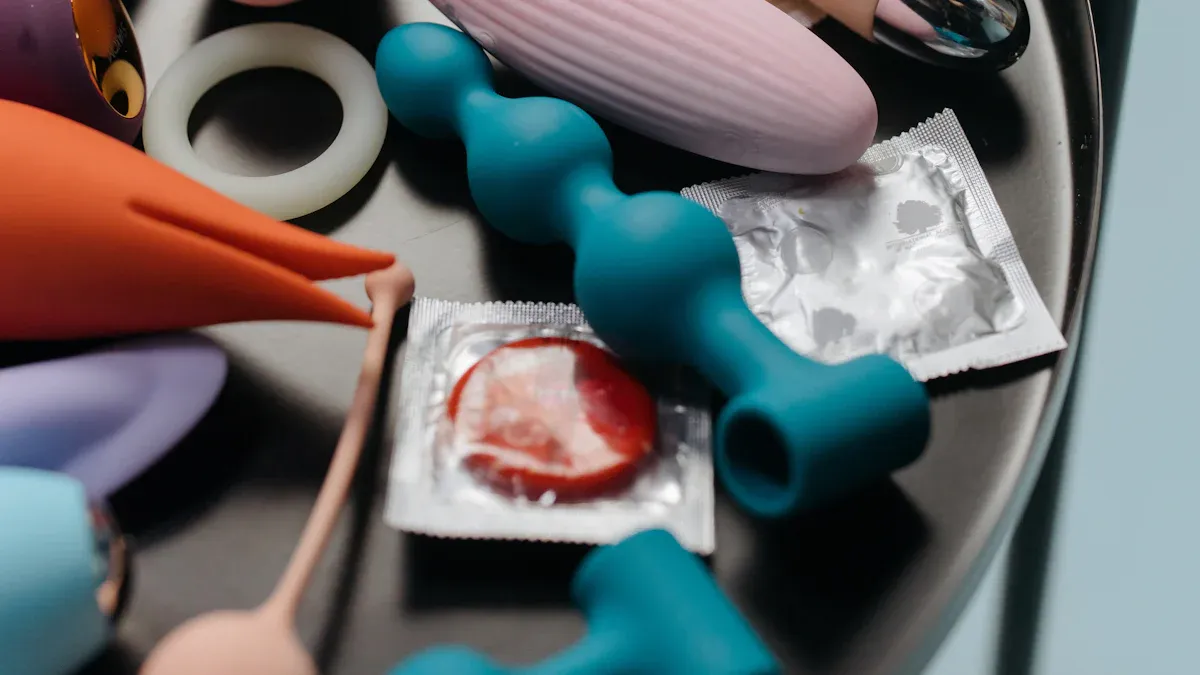
PVC dildos are less safe than silicone ones. You can face real risks with PVC sexual health products. These risks include touching harmful chemicals. They can also be hard to keep clean. PVC can break down faster than other materials. Many dildos, like Vibrating Dildo, Ejaculating Dildos, and Dog Dildos, use different materials. Always pick body-safe sexual health products to stay safe. Picking the right dildo helps you avoid health issues.
PVC Dildos vs. Silicone
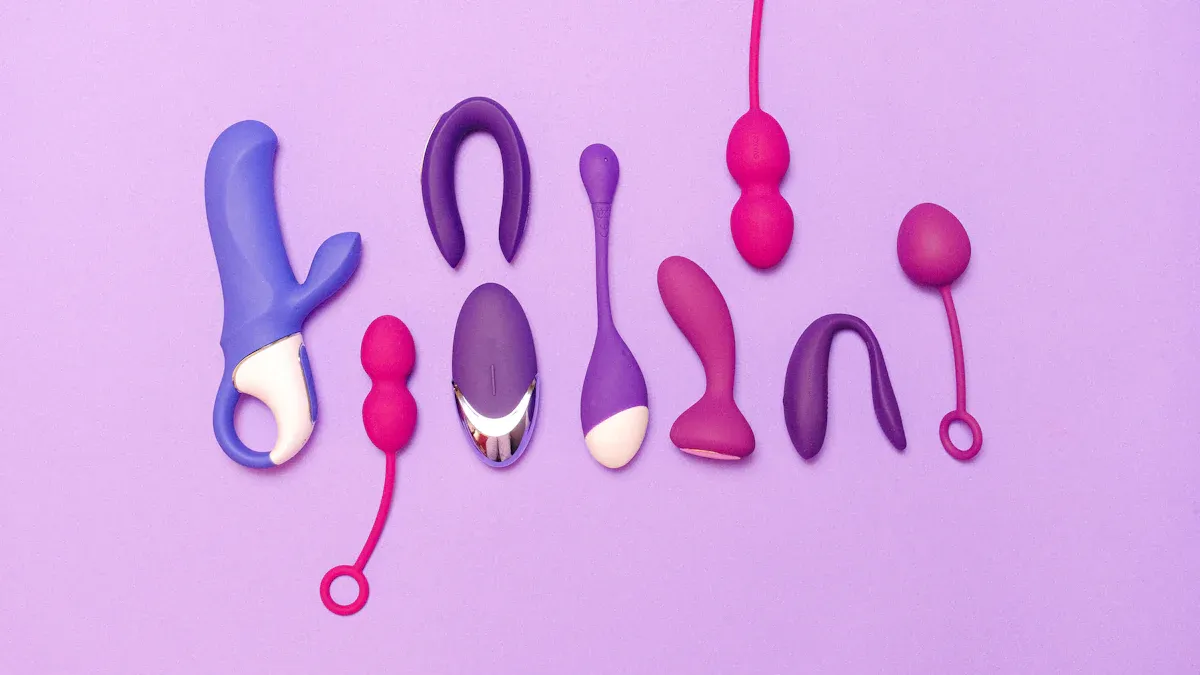
Material Differences
Sex toys are made from many materials. PVC dildos and silicone dildos are not the same. PVC sex toys are made from a plastic called polyvinyl chloride. These toys feel soft and bend easily. Makers add phthalates to make PVC softer. Silicone dildos use medical-grade silicone. This material feels smooth and is more firm. Silicone does not need extra chemicals to stay flexible.
Here is a table to help you compare the main types of materials used in dildos:
Material Type | Characteristics & Risks | Health & Safety Implications |
|---|---|---|
Porous Materials | Includes TPR, rubber, jelly, PVC, vinyl. Porous surfaces hold germs and cannot be fully cleaned. | Higher chance of infections and STI spread; use condoms and clean well. |
Non-Porous Materials | Includes silicone, stainless steel, borosilicate glass, Lucite. Can be cleaned and sterilized fully. | Safer because they stop germs from growing; hypoallergenic choices lower allergy risks. |
Harmful Chemicals | Phthalates, timethytin chloride, phenol, carbon disulfide, toluene, cadmium found in some materials. | Can cause allergies, hurt tissues, affect fertility, harm nerves, and risk to unborn babies. |
Why Material Matters
The material of your dildo can affect your health. PVC dildos have tiny holes you cannot see. These holes trap germs and make cleaning hard. You cannot fully clean a PVC dildo. Germs can grow inside and cause infections. Phthalates in PVC toys can get into your body. These chemicals may cause allergies or hurt your body.
Silicone dildos do not have these problems. You can clean them well and keep them safe. Many doctors say to pick non-porous, hypoallergenic toys. This helps you avoid germs and chemical risks.
Tip: Always use a condom with PVC sex toys to lower your risk of infection. Clean your dildo before and after each use with mild soap and water.
If you share toys or use them a lot, the right material keeps you safer. Picking a silicone dildo or another non-porous toy helps protect your health.
Health Risks of PVC
Chemical Exposure
When you use pvc sex toys, you might touch harmful chemicals. Many pvc dildos have phthalates to make them soft and bendy. These phthalates can leak out when you use the toy. Your body can take in these chemicals during use. Scientists say phthalates can be very risky for your health. Animal tests show these chemicals can cause cancer and trouble having babies. Some phthalates, like Benzyl butyl phthalate (BBP), are linked to problems for men. These problems include trouble having kids, weight gain, type 2 diabetes, asthma, and brain growth issues.
The U.S. banned PVC in kids’ toys in 2008 because of these dangers. Big medical groups, like the American Nurses Association and the American Medical Association, warn about pvc health risks. The FDA has seen studies that link phthalates in pvc sex toys to bad side effects, but they have not banned them all. You should know some pvc is phthalate-free, but not every product uses it. Always look for labels that say phthalate-free or phthalate-free pvc before you buy sexual health products.
⚠️ Note: Phthalates can cause allergies, skin rashes, and even hurt sperm in male-bodied people. You should pick sexual health products made from safer materials if you can.
Porosity and Bacteria
Porosity is a big worry with pvc sex toys. The surface of a pvc dildo has tiny holes you cannot see. These holes can trap bacteria, viruses, and yeast. Using a porous toy means you could get infections because you cannot clean deep inside. Keeping sex toys clean is much harder with porous toys. Even if you wash your dildo with soap and water, germs can hide in the holes.
Here is a quick comparison:
Material | Porosity | Cleaning Difficulty | Infection Risk |
|---|---|---|---|
PVC | Porous | Hard | High |
Silicone | Non-porous | Easy | Low |
Glass/Steel | Non-porous | Easy | Low |
If you share pvc sex toys or use them a lot, the risks get higher. Germs can build up over time and cause health problems like urinary tract infections or yeast infections. Experts say to use a condom on a pvc dildo to lower your risk, but this does not fix every cleaning problem.
Material Degradation
PVC sex toys can break down as time goes on. Heat, water, and cleaning stuff can make the material fall apart. When this happens, more harmful chemicals, like phthalates, can leak out. You might see your pvc dildo get sticky, cloudy, or cracked. These changes make the toy even harder to clean and raise the risk of infection.
Groups like the FDA, CE, ASTM, and ISO tell companies to test sexual health products for safety. They want companies to use phthalate-free materials and label products clearly. But not all toys follow these rules. Some still have harmful chemicals that can hurt you. Experts say you should choose non-porous, phthalate-free sexual health products like silicone, glass, or stainless steel. These materials do not break down as fast and are much safer for your body.
🛑 Tip: If your pvc dildo looks worn out, get a new one right away. Using broken toys makes it easier for toxic chemicals and germs to hurt you.
Dildo Safety and Safe Materials
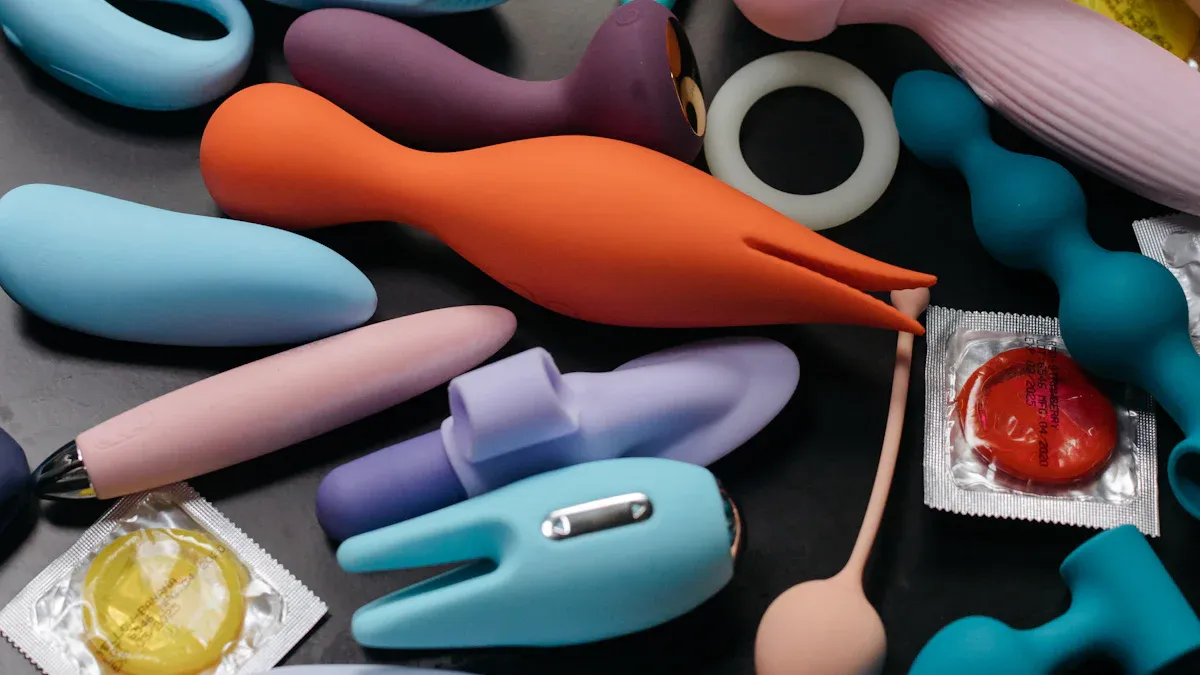
Silicone Safety
You want your dildo to be safe. Silicone sex toys are a great choice. Medical-grade silicone is non-porous. This means germs cannot hide inside. You can wash silicone dildos with soap and water. You can also boil them to make them extra clean. This material does not react with your skin. It is hypoallergenic and non-toxic. People with sensitive skin can use it safely.
Silicone is also used in food products. It is non-reactive and easy to clean. You do not need to worry about bad chemicals leaking out. Many health experts say silicone is a top choice. When you pick a silicone dildo, you lower your risk of infection. You also lower your risk of chemical exposure. This makes silicone a safer option for sexual health.
✅ Tip: Always check if your dildo is made from 100% medical-grade silicone. Some toys say they are silicone but may have unsafe fillers.
Other Safe Options
There are other safe choices besides silicone. Glass and stainless steel are good options. Borosilicate glass is strong and non-porous. It does not have lead. You can boil glass dildos to make them clean. Stainless steel dildos are also non-porous and strong. They are easy to clean and do not hold smells or stains.
Here is a table to help you compare some of the most widely recommended safe materials for dildos:
Material | Safety Characteristics | Notes |
|---|---|---|
Medical-grade Silicone | Platinum cured, nonporous, body-safe for internal use, easy to clean and sterilize | Highest quality silicone, approved for medical use |
Borosilicate Glass | Nonporous, free from lead, can be sanitized by boiling, very durable | Strong and safe despite being glass, does not shatter easily |
Stainless Steel | Nonporous, durable, lightweight, nickel-free options recommended to avoid allergies | Commonly used in medical tools and jewelry |
Gold and Silver | Nonporous, easy to clean, allergy concerns for sensitive users | Often used in wearable jewelry-style sex toys |
Chlorine-free Vinyl | Non-toxic, nonporous, includes EVA and PEVA, safe if free from phthalates and chlorine | Requires trusted brands to ensure safety, needs diligent cleaning |
ABS Plastic | Nonporous thermoplastic, body-safe, often combined with silicone parts | Hard texture, used in buttons or handles |
Lucite | Durable, nonporous acrylic polymer, body-safe, less expensive than glass | Often mistaken for glass due to transparency |
These materials are non-porous. This makes them easy to clean and safer for your body. You can find many dildos made from these safe materials. They do not soak up germs or chemicals. This gives you better protection for your health. Picking non-toxic toys made from these materials helps you avoid risks from PVC and unsafe choices.
How to Choose Safe Toys
You want to be sure your dildo is safe. Many toys say they are body-safe, but not all are true. Here are some tips to help you pick safer toys:
Pick dildos made from 100% pure silicone, borosilicate glass, or stainless steel.
Do not use jelly or PVC dildos. These can have lots of phthalates that are bad for you.
Watch out for labels. Some toys say “100% silicone” or “phthalate-free” but may still have unsafe fillers.
Choose toys that are medical devices if you can. These go through more safety tests.
Look for clear information from brands you trust. If you cannot find details, pick another toy.
Remember, latex can cause allergies for some people. If you have sensitive skin, use hypoallergenic toys like silicone or glass.
📝 Note: The sex toy industry does not have many rules. You cannot always trust what is on the box. Use your own judgment and look for body-safe materials and clear labels.
If you follow these steps, you make your dildo use safer. You lower your risk of infection or chemical problems. Picking body-safe toys made from safe materials protects your health. It also helps you feel better about your choice. Always pick safer toys and replace any that look old or damaged.
Using PVC Dildos Safely
Condom Use
You can lower your risk when using pvc sex toys by always using a condom as a barrier. Condoms help keep bacteria and germs from getting into the tiny holes in the dildo. This step is important if you plan to share your toy or switch between different types of play. A condom also makes cleaning easier and adds an extra layer of safety. If you use a lubricant, pick one that works well with both the condom and the toy.
💡 Tip: Change the condom if you switch between partners or between vaginal and anal use. This helps keep things more hygienic and safe.
Cleaning Tips
Keeping your dildo clean is key to your health. PVC sex toys have tiny pores that can trap bacteria, even after you wash them. You should clean your dildo before and after every use. Use warm water and gentle liquid soap or a special toy cleaner. These methods remove most surface germs, but they cannot reach deep inside the toy. You should never boil a PVC dildo or put it in the dishwasher, because heat can damage the material.
Wash with warm water and mild soap.
Use a toy cleaner for extra cleaning.
Dry the dildo with a clean towel before storing.
Store in a cool, dry place away from sunlight.
Remember, even with careful cleaning, some bacteria may stay inside the toy. This is why using a condom is so important for your safety.
When to Replace
You should check your dildo often for signs of wear. If you see cracks, stickiness, or a strong smell, it is time to get a new one. These changes mean the material is breaking down and may not be safe anymore. Old or damaged pvc sex toys can hold more germs and leak chemicals. Replacing your toy keeps your play safe and hygienic.
🛑 Note: If your dildo looks cloudy, sticky, or has a smell that will not go away, replace it right away. This helps protect your health and keeps your experience safe.
Picking a body-safe dildo made from silicone or other non-porous materials helps keep you healthy. These kinds of toys do not have bad chemicals. You can wash them well and keep them clean. PVC dildos are risky because they can trap germs. You cannot make them totally germ-free.
Get a new toy if you see cracks, if it bends weird, or if it does not work right.
Always check what your toy is made of, use a condom if you need to, and pick safe toys so you feel good about your choice.
Choosing safe toys helps you stay healthy and have a better time.

